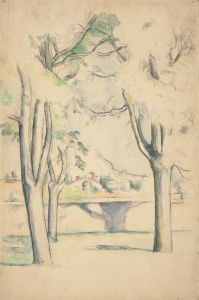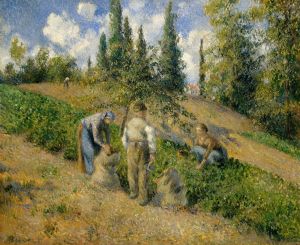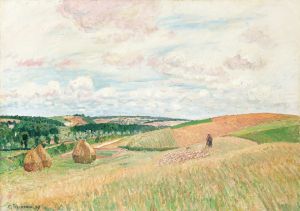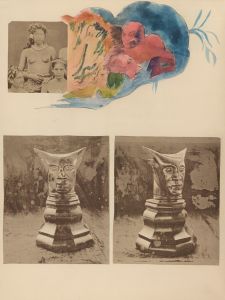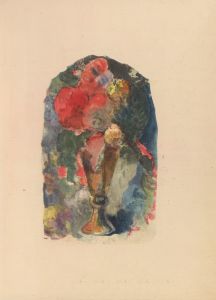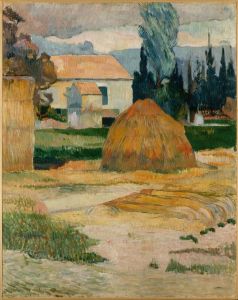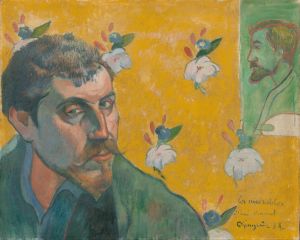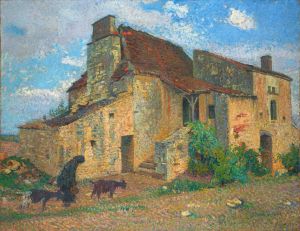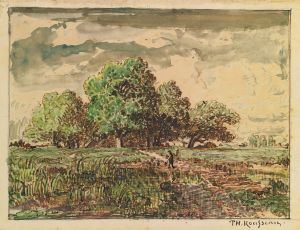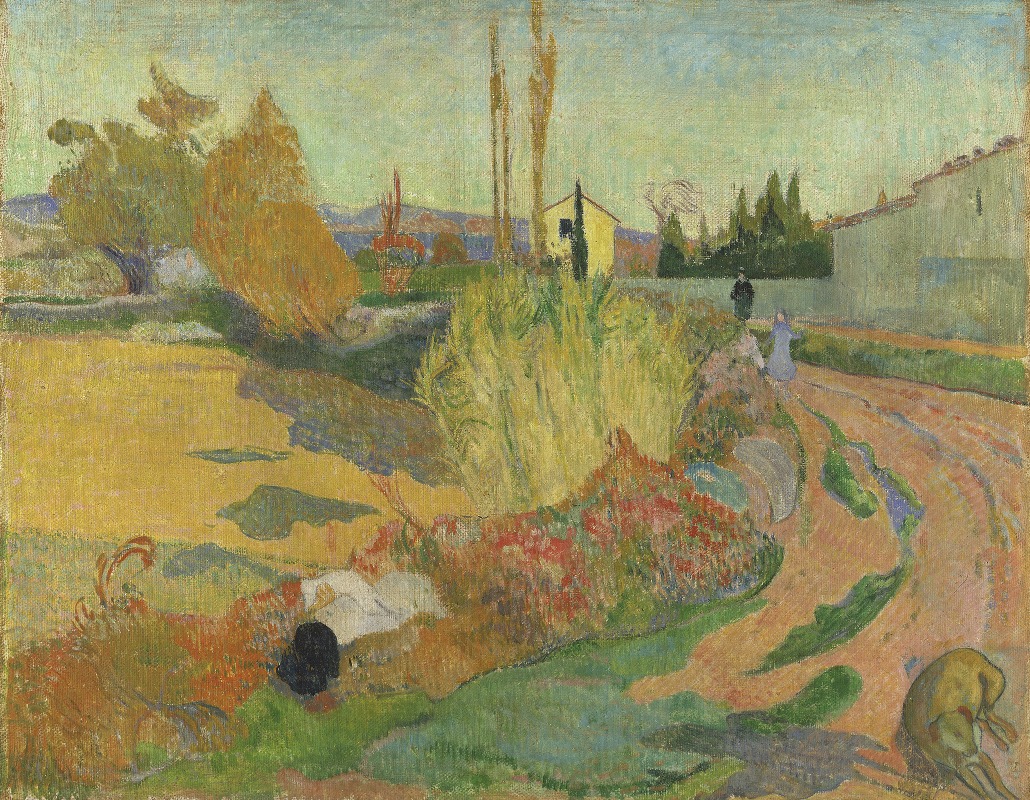
Près d’Arles, ou Le Mas d’Arles
A hand-painted replica of Paul Gauguin’s masterpiece Près d’Arles, ou Le Mas d’Arles, meticulously crafted by professional artists to capture the true essence of the original. Each piece is created with museum-quality canvas and rare mineral pigments, carefully painted by experienced artists with delicate brushstrokes and rich, layered colors to perfectly recreate the texture of the original artwork. Unlike machine-printed reproductions, this hand-painted version brings the painting to life, infused with the artist’s emotions and skill in every stroke. Whether for personal collection or home decoration, it instantly elevates the artistic atmosphere of any space.
Paul Gauguin's painting "Près d’Arles, ou Le Mas d’Arles" is an evocative work that reflects the artist's unique style and his experiences in the south of France. Created in 1888, during a pivotal period in Gauguin's career, this painting is a testament to his evolving artistic vision and his interactions with other prominent artists of the time, particularly Vincent van Gogh.
Gauguin arrived in Arles in October 1888, at the invitation of Van Gogh, who hoped to establish an artists' community there. This period was marked by intense collaboration and exchange between the two artists, although their relationship was also fraught with tension. "Près d’Arles, ou Le Mas d’Arles" was painted during this stay, capturing the rural landscape of the region with Gauguin's distinctive use of color and form.
The painting depicts a farmhouse, or "mas," typical of the Arles region, set against a backdrop of fields and sky. Gauguin's use of bold, flat colors and strong outlines is evident in this work, demonstrating his departure from the Impressionist style that dominated the art world at the time. Instead, Gauguin was moving towards a more symbolic and expressive approach, which would later be recognized as a precursor to Symbolism and a significant influence on the development of modern art.
In "Près d’Arles, ou Le Mas d’Arles," Gauguin employs a palette of vibrant yellows, greens, and blues, capturing the intense light and color of the Provençal landscape. The composition is characterized by its simplicity and balance, with the farmhouse centrally placed and the fields and sky forming horizontal bands of color. This approach reflects Gauguin's interest in the decorative qualities of painting and his desire to convey emotional and spiritual truths through his work.
The time Gauguin spent in Arles was crucial in shaping his artistic direction. Although his collaboration with Van Gogh ended abruptly in December 1888, following a dramatic incident that led to Van Gogh's hospitalization, the works produced during this period, including "Près d’Arles, ou Le Mas d’Arles," are considered significant in both artists' oeuvres. Gauguin's exploration of color and form during this time laid the groundwork for his later works, particularly those created during his subsequent travels to Tahiti.
Today, "Près d’Arles, ou Le Mas d’Arles" is appreciated for its innovative use of color and its role in Gauguin's artistic development. It serves as a window into a transformative period in art history, illustrating the dynamic exchanges between artists and the evolving styles that would come to define the late 19th and early 20th centuries. The painting remains a valuable piece for understanding Gauguin's contribution to the art world and his lasting influence on future generations of artists.





